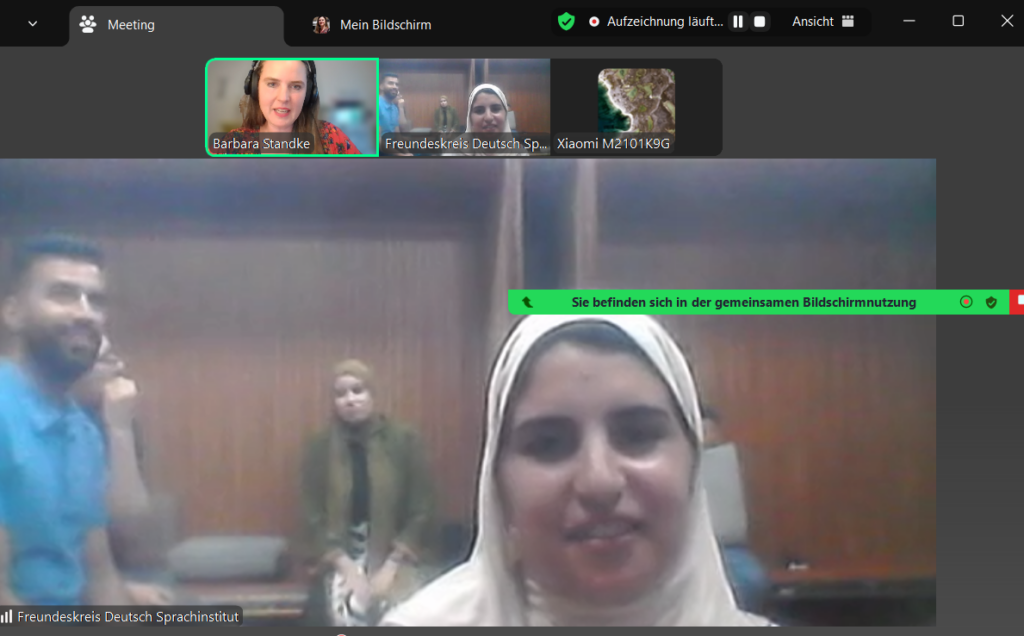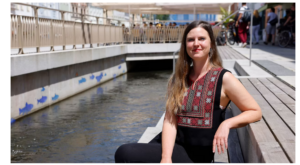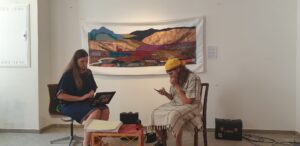Landschaft ist nicht nur physischer Raum, sondern auch sozialer und kultureller Resonanzraum. Sie beeinflusst Identität, Wahrnehmung und kreativen Ausdruck. Kreatives Schreiben dient als Methode, um diese Wechselwirkungen zu reflektieren und neue Perspektiven auf Landschaft und deren Veränderungen zu entwickeln.
Kreatives Schreiben als Reflexionsprozess
Kreativität, abgeleitet vom lateinischen „creare“, bedeutet erschaffen und bewirken. Kreatives Schreiben baut auf bestehenden Erfahrungen auf, um innovative Gedankenstrukturen zu erzeugen. Es durchbricht Routinen, indem es Irritationen schafft und Reflexion anregt
Freising als Forschungsraum bietet als Standort eine Schnittstelle zwischen Tradition und Zukunft. Naturräume wie die Isar und urbane Entwicklungen bieten vielfältige Impulse für Reflexionen zur Landschaftswahrnehmung und zum Einfluss des Klimawandels. Das Seminar im Master Climate Change Management ermöglicht Studierenden, ihre individuellen Erfahrungen einzubringen und in den wissenschaftlichen Diskurs über Landschaftswandel einzufügen.
Schreibend Landschaft verstehen
Durch Methoden wie assoziatives Schreiben oder Bildinterpretation werden persönliche und kollektive Wissensbestände verbunden. Schreibprozesse dienen als Mittel zur kritischen Auseinandersetzung mit Landschaftstransformationen. In einer sich wandelnden Umwelt hilft kreatives Schreiben, Veränderungen zu erfassen und die Rolle des Menschen darin zu reflektieren. Landschaft ist dynamisch – ihre Veränderung verlangt interdisziplinäre Reflexion. Kreatives Schreiben bietet hierfür einen innovativen Zugang, um wissenschaftliche und persönliche Erkenntnisse zu verbinden.







